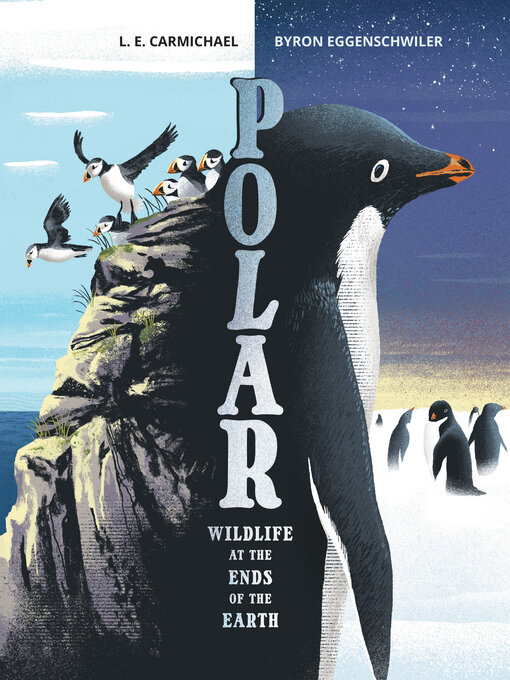How do animals live in the harshest environments on Earth?
Despite the bitter cold, ferocious winds and six months of darkness, the polar regions are home to many animals. These creatures can survive because of their unique adaptations, explored here through compelling fact-based stories and evocative illustrations. Readers learn about the arctic fox's furry toe pads that protect her when walking on ice, emperor penguins that huddle in groups around their chicks to keep everyone warm, and narwhals that use echolocation to find a crack in the surface ice to breathe.
It's a fascinating journey through a year in the polar regions, where animals don't just survive - they thrive!

